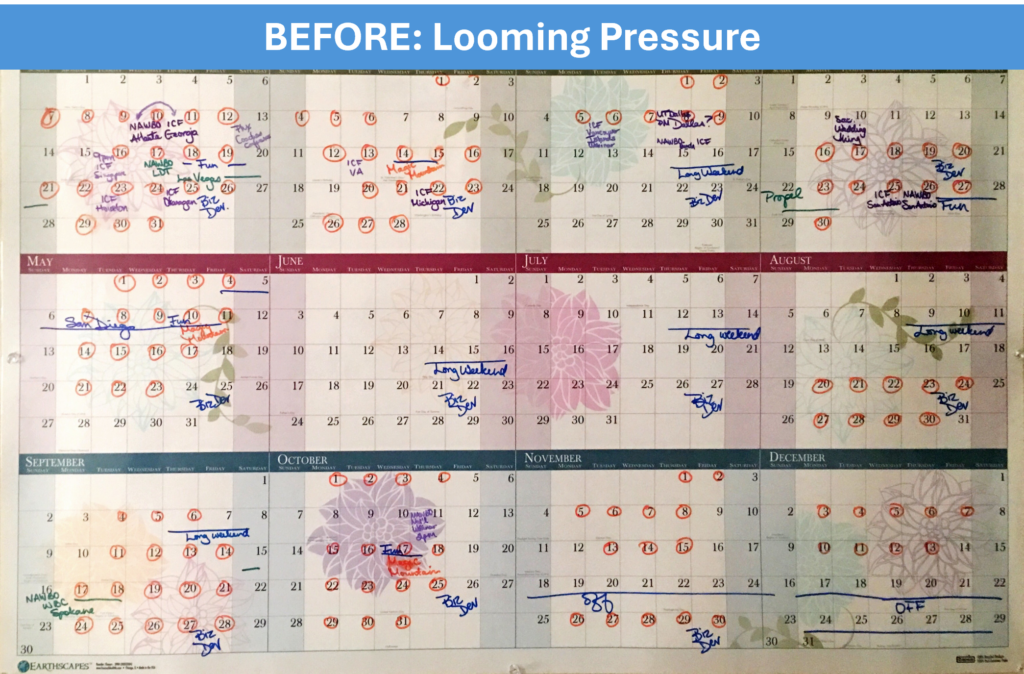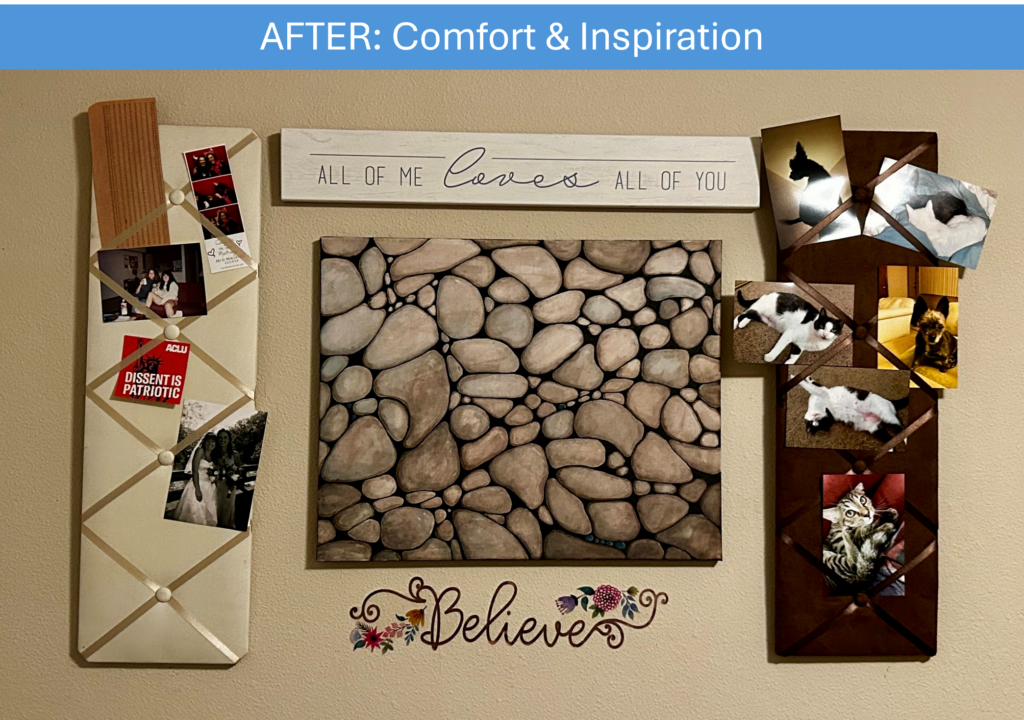To celebrate International Coaching Week, I’m delighted to announce that Lyssa deHart will be sharing “Coaching with Metaphors” at no cost to my community!
We will delve into the role metaphors play in lighting up our clients.
She’ll share with you the role metaphors play in activating our clients’ brains and a bit of the neuroscience that links metaphors to brain activity and somatic anchoring.

She’ll highlight how a coach might tune their ears to metaphors, leveraging and harnessing your client’s metaphors to foster deeper engagement and insight.
She’ll ask for a volunteer, and do a 15 minute demo, then we can Q&A what people notice. This session is designed to be enlightening and fun, blending serious learning with the playful art of metaphor.

